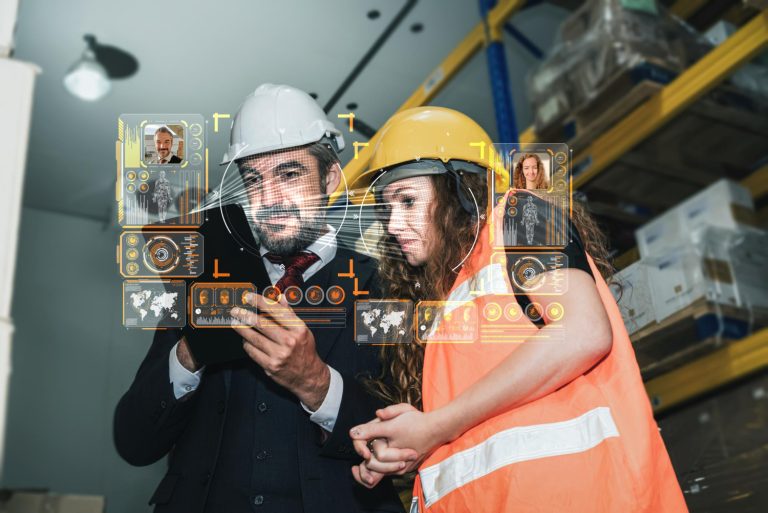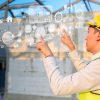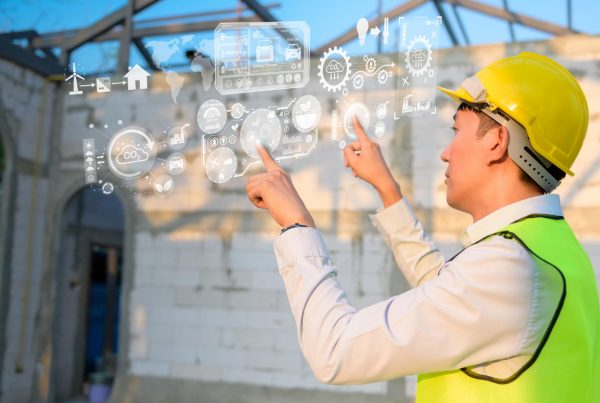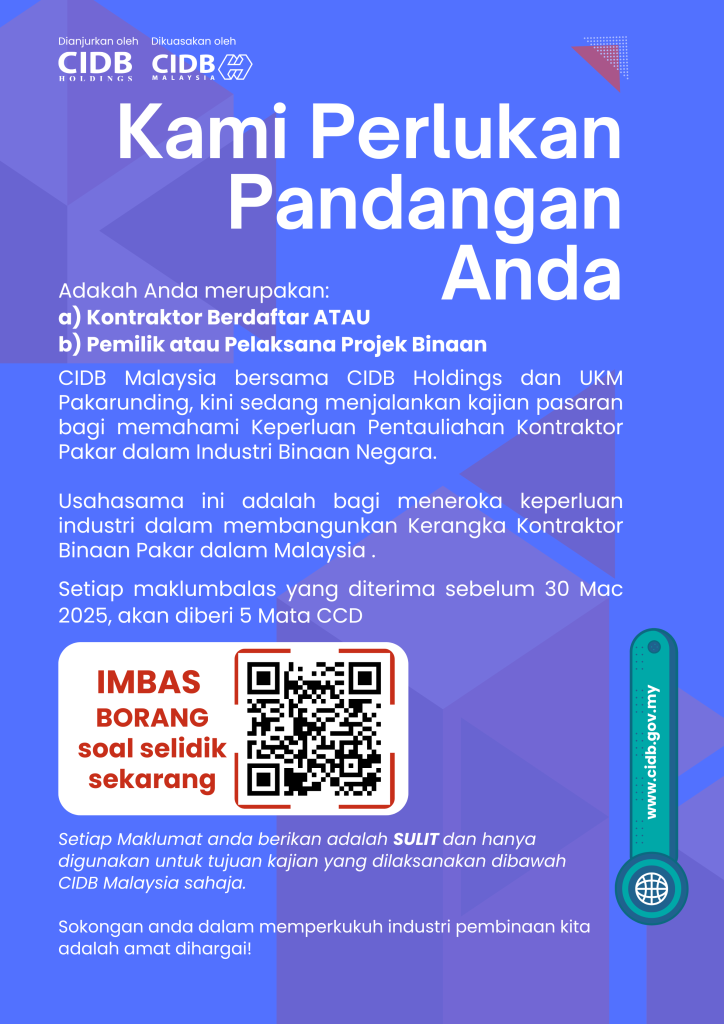
Artificial Intelligence (AI) is reshaping the construction industry, offering unprecedented efficiencies and capabilities. The Chartered Institute of Building (CIOB) encourages industry professionals to treat AI as a “new colleague” capable of handling repetitive data tasks, thus freeing up human workers for more complex and creative tasks.
One of AI’s primary benefits in construction is its ability to automate routine data processing tasks. AI systems can quickly analyse vast amounts of data, identify patterns, and make predictions. This capability is instrumental in project management, where AI can track project progress, forecast potential delays, and suggest corrective actions. By automating these tasks, AI helps construction managers make more informed decisions, reducing the risk of human error and improving overall project outcomes.
Another significant advantage is AI’s ability to enhance analytical skills and processing speed. For instance, AI can assist in the design phase of construction projects. Generative design tools powered by AI can explore countless design iterations based on specific constraints and criteria, offering innovative solutions that human designers might not consider. This accelerates the design process and results in more efficient and sustainable designs.
Moreover, AI’s pattern recognition capabilities are transforming quality control in construction. AI-powered drones and cameras can continuously monitor construction sites, comparing real-time progress against digital models. This allows for early detection of discrepancies and defects, ensuring that issues are addressed promptly before they escalate. By providing consistent and objective quality assessments, AI helps maintain high standards throughout the construction process.
AI also enhances safety on construction sites. By analysing historical data and real-time inputs, AI-driven predictive analytics can identify potential safety hazards. This proactive approach to safety management helps prevent accidents and ensure a safer working environment for construction workers. AI can also facilitate training programmes, using virtual reality (VR) and augmented reality (AR) to simulate various scenarios, allowing workers to gain practical experience in a controlled environment.
Next, we will explore the ethical and legal challenges associated with AI in construction, such as AI “hallucinations” and the importance of transparent decision-making processes.
Article 1: Embracing AI in Construction: A New Era of Innovation
Article 3: Overcoming Challenges and Ensuring Ethical AI Use in Construction















